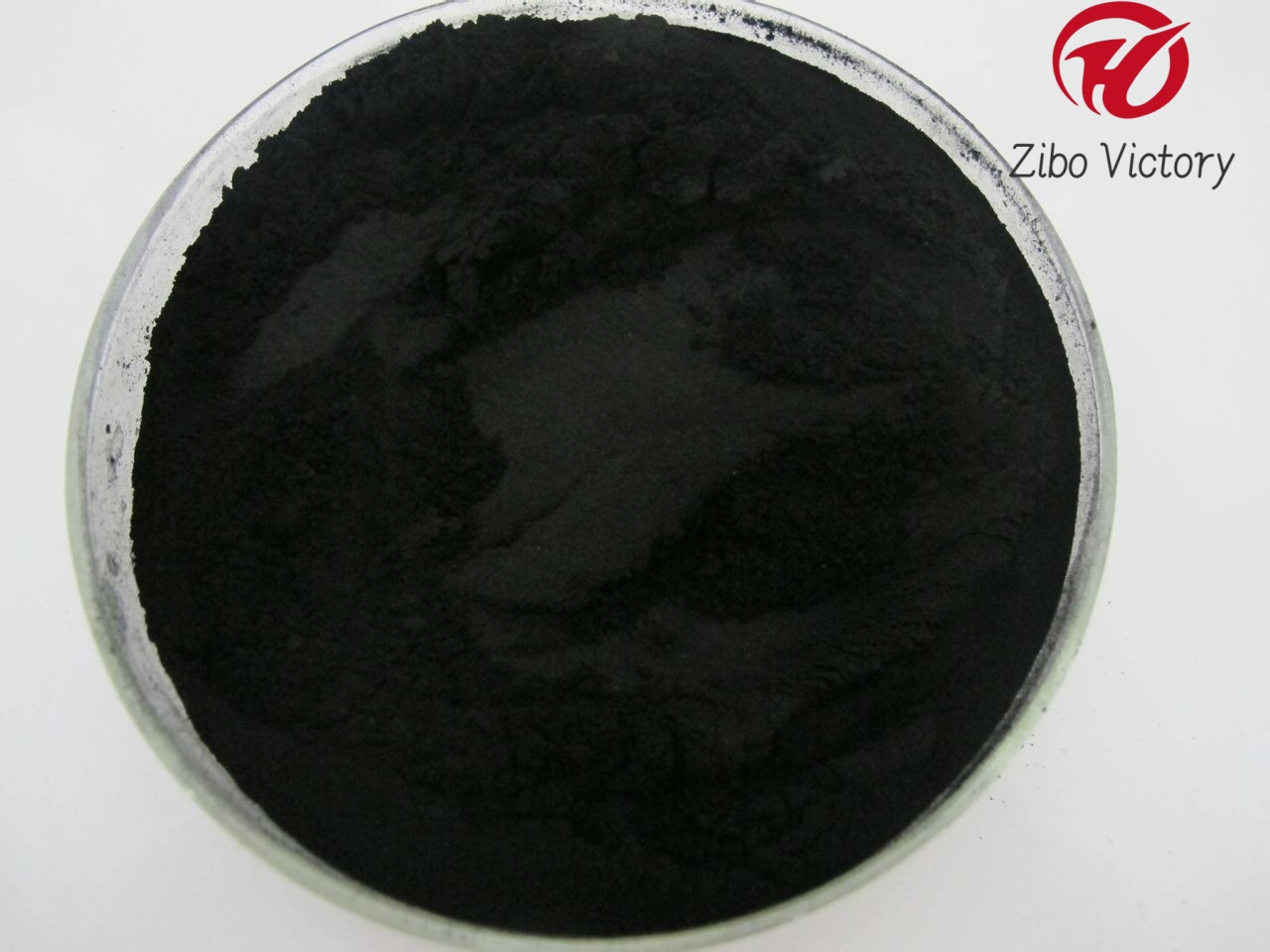How is powdered activated carbon applied in the field of sewage treatment?

http://zibovictroy.com/product-26.html
Powdered Activated Carbon (PAC) is utilized in sewage treatment as an effective adsorbent to remove contaminants through its high surface area and porosity. Here's a structured overview of its application:
1. Application Stages:
Primary Treatment:
PAC can be added during coagulation-flocculation to enhance removal of dissolved organic matter and toxins, which settle out with sludge.
Secondary (Biological) Treatment:
Toxic Shock Mitigation: PAC protects microbial communities by adsorbing inhibitory substances (e.g., pharmaceuticals, pesticides) during biological processes like activated sludge.
Bioaugmentation: In some systems, PAC provides surfaces for microbial attachment, improving degradation efficiency.
Tertiary (Advanced) Treatment:
Used for polishing effluent to meet stringent standards, targeting residual organics, color, or micropollutants. PAC is often paired with filtration (e.g., sand filters, membranes) for removal.
2. Key Mechanisms:
Adsorption: Removes organic compounds (e.g., dyes, phenols), certain inorganic pollutants (e.g., heavy metals), and emerging contaminants (e.g., pharmaceuticals).
Combined Processes: Synergizes with coagulation, ozonation, or membrane bioreactors (MBRs) to improve contaminant removal.
3. Operational Considerations:
Dosing & Mixing: PAC is dosed based on contaminant load, with efficient mixing to maximize contact time.
Separation: Removed via sedimentation, dissolved air flotation (DAF), or filtration (e.g., sand, membrane).
Sludge Management: Spent PAC becomes part of sludge, requiring disposal (landfill, incineration) or occasional regeneration.
4. Advantages:
Flexibility: Adjustable dosing for fluctuating contaminant levels.
Rapid Response: Effective for emergency toxin removal.
Cost-Effectiveness: Lower capital costs compared to granular activated carbon (GAC) systems.
5. Limitations:
Single-Use: Generates more sludge, increasing disposal costs.
Particle Separation: Fine particles may challenge filtration systems.
6. Industrial Integration:
Pre-treatment of industrial effluents before discharge into municipal systems, targeting high-strength or toxic wastes



 Send Email
Send Email +8613325203316
+8613325203316